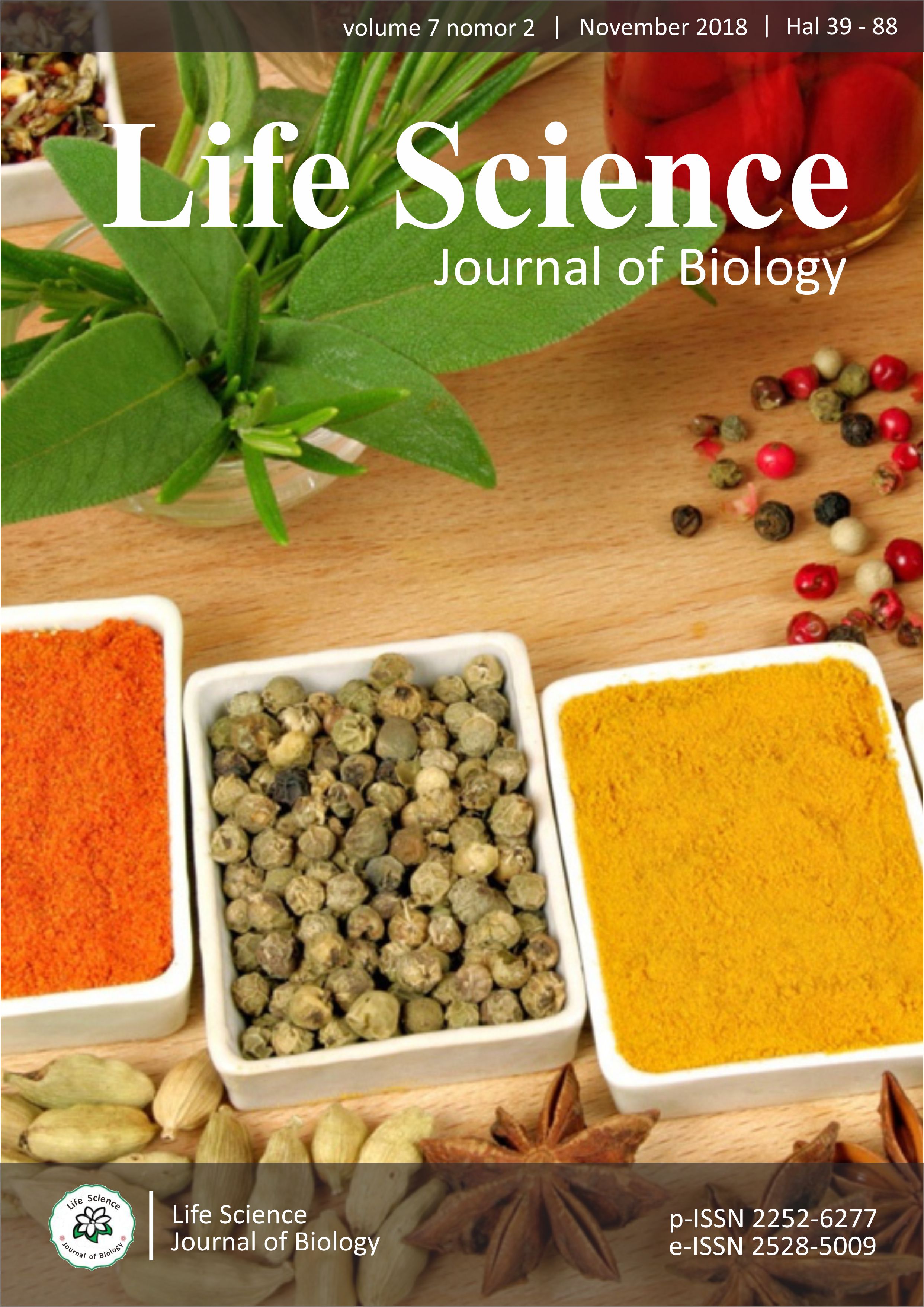Deteksi Pembentukan Mikronuklei Sel Darah Limfosit Akibat Paparan Radiasi Dosis Bertingkat pada Responden dengan Jenis Kelamin dan Usia Berbeda
Main Article Content
Abstract
Mikronuklei merupakan penanda yang baik dari paparan genotoksik pada manusia dan merupakan indikator dari ketidakstabilan kromosom. Pada proses pembentukan mikronuklei (MN) dengan teknik cytokinesis-block micronucleus (CBMN), sitokinesis diblok dengan sitokalasin B, sehingga dapat mengidentifikasi fragmen (patahan) kromosom pada tahap mitosis menjadi MN. Frekuensi terbentuknya MN dipengaruhi oleh dosis radiasi, jenis kelamin, usia, dan gaya hidup. Penelitian ini menggunakan rancangan kelompok lengkap teracak faktorial, dengan tiga faktor variabel bebas yaitu paparan dosis radiasi sinar X, usia pendonor, dan jenis kelamin pendonor. Perlakuan dalam penelitian ini dengan menggunakan dosis radiasi sinar X sebesar 0 Gy, 0,5 Gy, 2 Gy, dan 4 Gy. Sel darah limfosit diperoleh dari responden laki-laki dan perempuan pada usia 26-35 tahun, 36-45 tahun, dan 46-55 tahun, ada satu sampel pada masing-masing usia. Analisis yang digunakan adalah analisis varians tiga faktor, uji normalitas dan homogenitas dengan anava menggunakan IBM SPSS Statistic 20 for Windows. Diperoleh hasil F hitung > F tabel (5%) pada perlakuan dosis radiasi terhadap frekuensi pembentukan MN, usia, jenis kelamin, dosis radiasi dengan usia, dosis radiasi dengan jenis kelamin, dosis radiasi dengan usia dengan jenis kelamin. Diartikan bahwa terdapat perbedaan frekuensi MN yang signifikan berdasarkan perlakuan dosis radiasi sinar X, usia, dan jenis kelamin. F hitung < F tabel (5%) pada perlakuan usia dengan jenis kelamin, diartikan bahwa usia dengan jenis kelamin tidak saling berinteraksi tanpa adanya dosis radiasi, sehingga tidak berpengaruh signifikan terhadap frekuensi pembentukan MN.
Micronuclei is a good marker of exposure to genotoxic in humans and is an indicator of chromosomal instability. In the process of forming micronuclei (MN) with the technique of cytokinesis-block micronucleus (CBMN), cytokinesis blocked by sitokalasin B, so as to identify fragments (break) chromosomes in mitosis phase becomes MN. The frequency of MN formation is affected by the radiation dose, sex, age, and lifestyle. This study design was a randomized complete group factorial, with three independent variables that factor exposure dose of X-ray radiation, donor age, and sex of the donor. The treatment in this study using X-ray radiation doses of 0 Gy, 0.5 Gy, 2 Gy and 4 Gy. Blood cell lymphocytes obtained from respondents men and women at the age of 26-35 years, 36-45 years and 46-55 years, there is one sample at each age. The analysis is the analysis of variance of three factors, normality and homogeneity test with anava used IBM SPSS Statistics 20 for Windows. The results obtained F value>F table (5%) in the treatment of radiation doses to the formation of MN frequency, age, gender, age radiation dose, radiation dose by gender, age radiation dose by gender. Means that there are significant differences in the frequency of MN which is based on X-ray radiation dose treatment, age, and gender. F value<F table (5%) in the treatment of age by sex, mean that the age of the same sex do not interact in the absence of radiation dose, so no significant effect on the frequency of MN formation.


